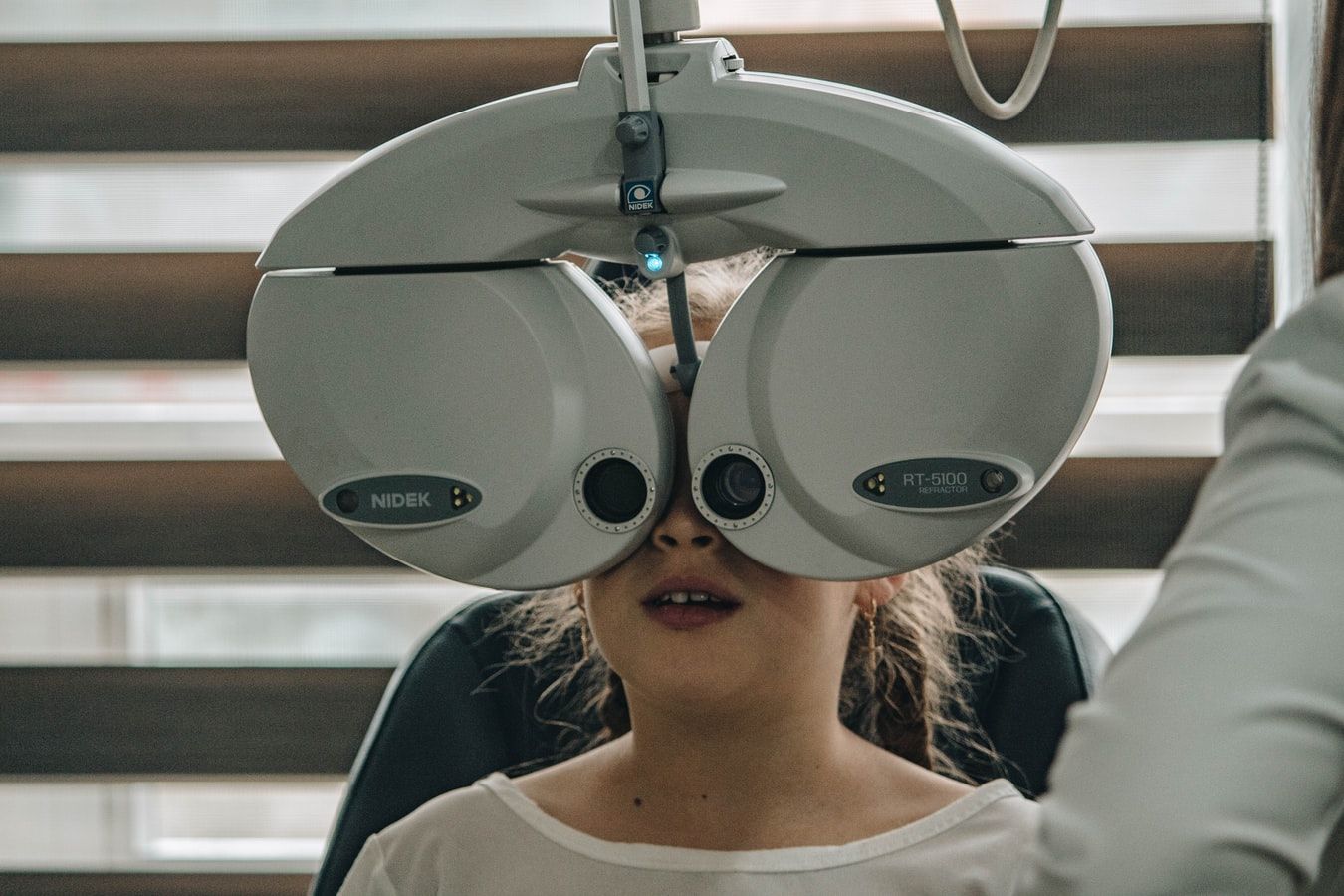Article
PRN Injections Yields Improvements for Diabetic Retinopathy Patients
Author(s):
In data presented at AAO 2020, investigators test imaged guided intravitreal aflibercept injections for sight improvements.

In a new poster presented at the American College of Ophthalmology (AAO) 2020 Virtual Conference, a team, led by Hannah Yu, BS, Retina Consultants of Houston, evaluated real-time imaging-guided pro re nata (prn) intravitreal aflibercept (IAI) injections for diabetic retinopathy.
The investigators comparison involved a pair of independent imaging metrics analyzed by a central reading center in real-time to determine the need for treatment with anti-VEGF injections among eyes with severe NPDR or PDR without diabetic macular edema (DME).
The study included 40 patients with diabetic retinopathy (Diabetic Retinopathy Severity Score [DRSS] 47-71) without diabetic macular edema (DME). Each patient was evaluated by monthly ultra-widefield (WF) photography and widefield fluorescein angiography and randomized to prn IAI according to Arm 1: DRSS or Arm 2: leakage index (LI). The study included patients with type 1 or type 2 diabetes mellitus with DRSS level 47A-71AS
Through year 1, arm 1 and 2 received 5.6 ± 2.4 and 7.1 ± 1.7 mean IAI (P = .04); 35% received ≤ 4 IAI, while 85% achieved at least a 2 step DRSS improvement after 4.2 ± 1.9 mean IAI, with 39% and 61% achieving this after ≤3 and 4 IAI.
The investigators found eyes with proliferative diabetic retinopathy compared to nonproliferative diabetic retinopathy achieved at least a 2 step DRSS improvement after 3 ± 1.9 and 4.9 ± 1.7 IAI (P = .04).
Through week 52 of the trial, arm 1 received a mean 5.6 IAI and arm 2 received a mean 7.1 IAI.
After patients achieved this improvement, eyes received 2.5 mean IAI over a mean 8.6 months to maintain diabetic retinopathy stability. At year 1, 81% compared to 6% had improved versus worsened DRSS. In addition, leakage index decreased 3% to 1.7% (P <0.05). There were no meaningful outcome differences observed between arms for visual acuity and central subfield thickness and there were no new safety signals.
Among thew eyes that achieved at least a two-step DRSS improvement (n = 38), 15 and 23 eyes did so following at least 3 and 4 injections, respectively.
After PRN treatment initiation, 26% and 32% of visits led to injections in the 2 arms (P = 0.4). In addition, no eyes in arm 1 and 7 eyes (41.1%) in arm 2 never experienced at least a 1 step DRSS worsening from the best achieved DRSS level following treatment initiation (P = 0.0104) through a mean follow up of 8.7 and 8.4 months, respectively.
“PRN IAI guided by real-time WF imaging achieved high rates of DRSS improvement with personalized dosing through Year 1,” the authors wrote. “Overall, in order to maintain DRSS improvements, most subjects required ongoing retreatment every 3-4 months, consistent with previous studies.”
Diabetic retinopathy often requires ongoing, personalized treatment regimens with intravitreal anti-VEGF injections. In the past, phase 3 clinical trials have validated fixed frequency, prn, and treat-and-extend dosing regimens. However, anti-VEGF dosing needs are still highly variable for each individual patient.
Retreatment decisions are generally based on the presence or absence of fluid or neovascularization. For patients with diabetic retinopathy, there remains a need for an additional objective measure of disease progression that can be used in a clinical setting.
The study, “Real-Time, Wide-Field Imaging–Guided Aflibercept Treatment for DR: One-Year Results of the Prospective PRIME Trial,” was published online by AAO 2020.





